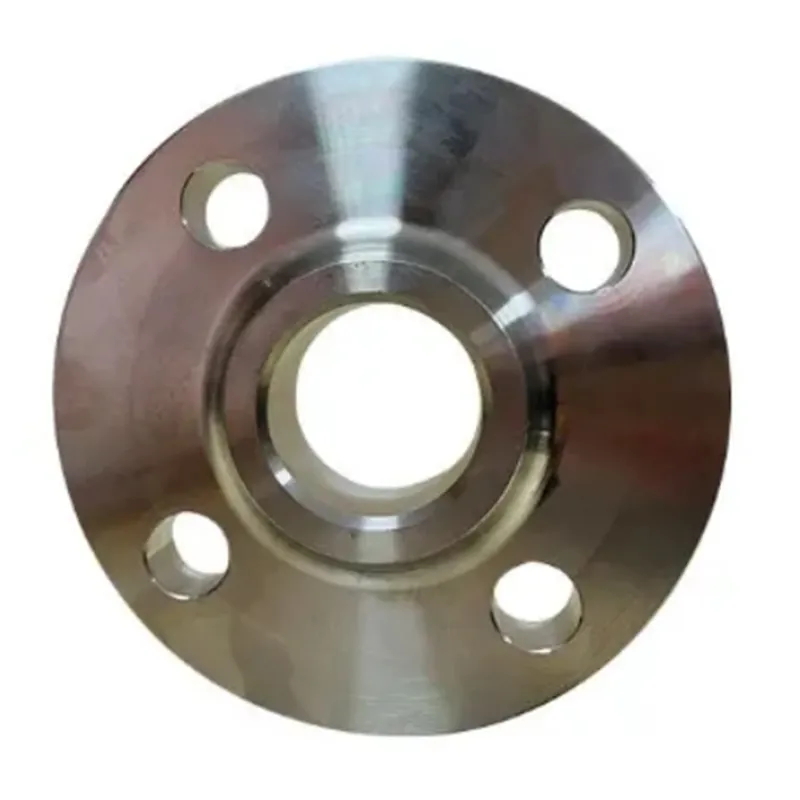-
Cangzhou Yulong Steel Co., Ltd.
-
Phone:
+86 13303177267 -
Email:
admin@ylsteelfittings.com
- English
- Arabic
- Italian
- Spanish
- Portuguese
- German
- kazakh
- Persian
- Greek
- French
- Russian
- Polish
- Thai
- Indonesian
- Vietnamese
- Zulu
- Korean
- Uzbek
- Hindi
- Serbian
- Malay
- Ukrainian
- Gujarati
- Haitian Creole
- hausa
- hawaiian
- Hebrew
- Miao
- Hungarian
- Icelandic
- igbo
- irish
- Japanese
- Javanese
- Kannada
- Khmer
- Rwandese
- Afrikaans
- Albanian
- Amharic
- Armenian
- Azerbaijani
- Basque
- Belarusian
- Bengali
- Bosnian
- Bulgarian
- Catalan
- Cebuano
- China
- China (Taiwan)
- Corsican
- Croatian
- Czech
- Danish
- Esperanto
- Estonian
- Finnish
- Frisian
- Galician
- Georgian
- Kurdish
- Kyrgyz
- Lao
- Latin
- Latvian
- Lithuanian
- Luxembourgish
- Macedonian
- Malgashi
- Malayalam
- Maltese
- Maori
- Marathi
- Mongolian
- Myanmar
- Nepali
- Norwegian
- Norwegian
- Occitan
- Pashto
- Dutch
- Punjabi
- Romanian
- Samoan
- Scottish Gaelic
- Sesotho
- Shona
- Sindhi
- Sinhala
- Slovak
- Slovenian
- Somali
- Sundanese
- Swahili
- Swedish
- Tagalog
- Tajik
- Tamil
- Tatar
- Telugu
- Turkish
- Turkmen
- Urdu
- Uighur
- Welsh
- Bantu
- Yiddish
- Yoruba

Jul . 29, 2024 17:05 Back to list
Exploring the Versatility and Applications of Polyurethane Foam in Modern Industries and Products
The Versatile World of Polyurethane Foam
Polyurethane foam, often simply referred to as PU foam, is a remarkable material that has found its way into countless applications across numerous industries. This versatile substance is derived from the reaction between polyol and diisocyanate, resulting in a polymer that can be transformed into a wide variety of forms, from rigid to flexible foam. Its properties make it an essential component in fields ranging from construction to automotive, furniture, and even biomedical applications.
One of the most notable characteristics of polyurethane foam is its excellent insulation properties. Rigid polyurethane foam, in particular, provides exceptional thermal insulation, making it a popular choice for energy-efficient building materials. It can significantly reduce heating and cooling costs in residential and commercial buildings. This is particularly important in today's environmentally conscious world, where reducing energy consumption is a priority.
The Versatile World of Polyurethane Foam
Another critical application of polyurethane foam is in the furniture industry. The flexibility of flexible polyurethane foam allows it to be easily molded into shapes that provide comfort and support. This material is commonly used in mattresses, cushions, and upholstery, offering a balance of softness and durability. Many consumers appreciate the enhanced comfort that PU foam provides, as it conforms to the body while retaining its shape over time.
caucho de poliuretano

In the automotive industry, polyurethane foam’s lightweight and durable characteristics are invaluable. It is commonly used in seats, armrests, and headliners. Moreover, its ability to absorb impact energy makes it an ideal material for enhancing safety in vehicle design. As electric vehicles and standards for passenger safety evolve, the importance of high-performance polyurethane foams in automotive applications continues to grow.
Moreover, the biomedical field has also recognized the potential of polyurethane foam. It is utilized in various medical applications ranging from wound care dressings to prosthetics. The biocompatibility of certain types of polyurethane foam allows for its use in products that come into direct contact with human tissue, offering comfort and promoting healing. This highlights the material's adaptability and significance in improving healthcare outcomes.
Despite its many benefits, the production of polyurethane foam does come with some environmental considerations. The chemical processes involved can generate volatile organic compounds (VOCs), which may pose health risks if not properly managed. However, advancements in technology are leading to the development of more sustainable PU foam options. This includes the formulation of bio-based polyol ingredients derived from renewable resources, reducing reliance on fossil fuels and minimizing the environmental footprint.
In conclusion, polyurethane foam is an exceptional material with diverse applications across various industries. Its properties—flexibility, durability, insulation, and sound absorption—make it a vital component in modern manufacturing and product design. As technology continues to advance, and as sustainability becomes an even greater concern, the future of polyurethane foam looks promising. With further innovations in its production and use, this versatile material is destined to play a crucial role in addressing both consumer needs and environmental challenges.
Latest news
-
ANSI 150P SS304 SO FLANGE
NewsFeb.14,2025
-
ASTM A333GR6 STEEL PIPE
NewsJan.20,2025
-
ANSI B16.5 WELDING NECK FLANGE
NewsJan.15,2026
-
ANSI B16.5 SLIP-ON FLANGE
NewsApr.19,2024
-
SABS 1123 FLANGE
NewsJan.15,2025
-
DIN86044 PLATE FLANGE
NewsApr.19,2024
-
DIN2527 BLIND FLANGE
NewsApr.12,2024
-
JIS B2311 Butt-Welding Fittings LR/SR 45°/90° /180°Seamless/Weld
NewsApr.23,2024











